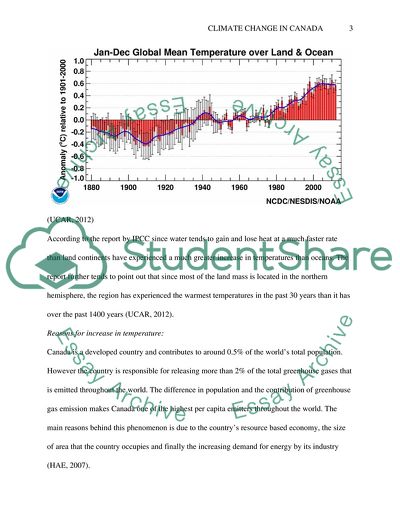Cite this document
(The Reasons for Climate Change in Canada Research Paper, n.d.)
The Reasons for Climate Change in Canada Research Paper. https://studentshare.org/environmental-studies/1804422-climate-change-cause-and-effects-in-toronto-canada
The Reasons for Climate Change in Canada Research Paper. https://studentshare.org/environmental-studies/1804422-climate-change-cause-and-effects-in-toronto-canada
(The Reasons for Climate Change in Canada Research Paper)
The Reasons for Climate Change in Canada Research Paper. https://studentshare.org/environmental-studies/1804422-climate-change-cause-and-effects-in-toronto-canada.
The Reasons for Climate Change in Canada Research Paper. https://studentshare.org/environmental-studies/1804422-climate-change-cause-and-effects-in-toronto-canada.
“The Reasons for Climate Change in Canada Research Paper”. https://studentshare.org/environmental-studies/1804422-climate-change-cause-and-effects-in-toronto-canada.


